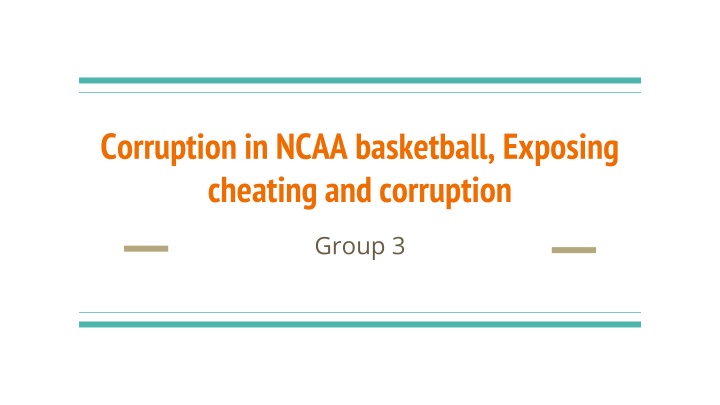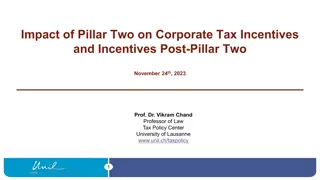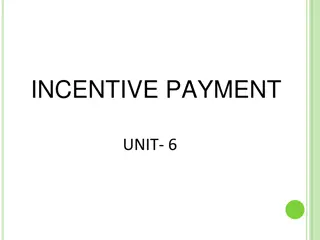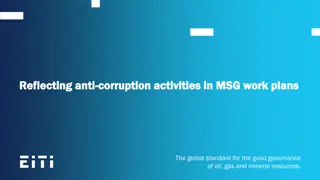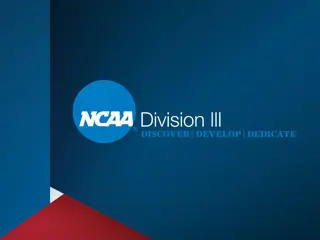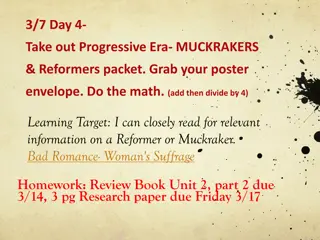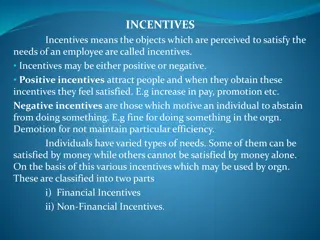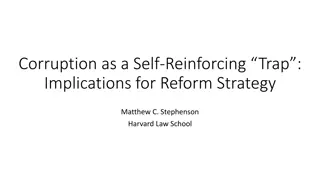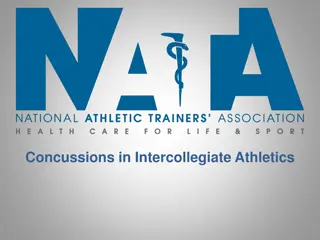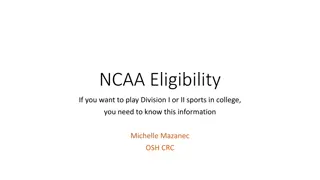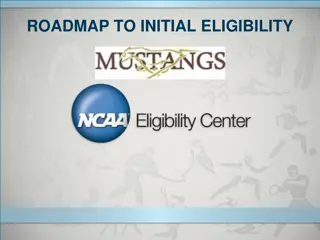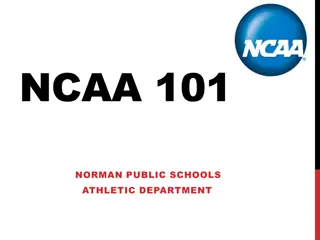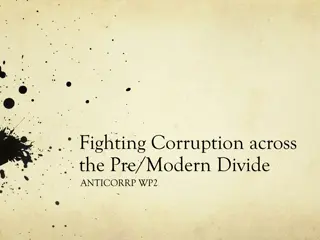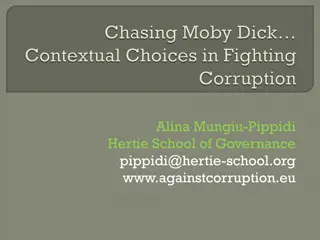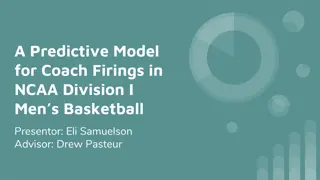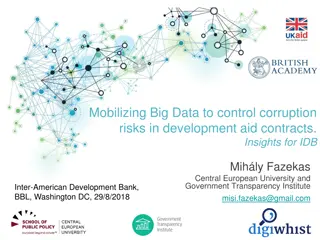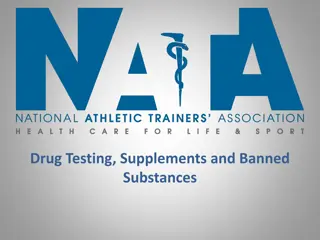Exposing Corruption in NCAA Basketball: Incentives and Evidence
This article delves into the corrupt practices in NCAA basketball, focusing on point shaving and the financial incentives that drive such behavior. It examines the case of University of Pennsylvania vs. Harvard as a prime example of how point shaving can occur. Statistical evidence is presented to showcase the existence of point shaving in NCAA. Various factors contributing to corruption are analyzed, shedding light on the murky world of illicit betting and manipulation in college basketball.
Download Presentation

Please find below an Image/Link to download the presentation.
The content on the website is provided AS IS for your information and personal use only. It may not be sold, licensed, or shared on other websites without obtaining consent from the author.If you encounter any issues during the download, it is possible that the publisher has removed the file from their server.
You are allowed to download the files provided on this website for personal or commercial use, subject to the condition that they are used lawfully. All files are the property of their respective owners.
The content on the website is provided AS IS for your information and personal use only. It may not be sold, licensed, or shared on other websites without obtaining consent from the author.
E N D
Presentation Transcript
Corruption in NCAA basketball, Exposing cheating and corruption Group 3
Outline Questions to be addressed University Of Pennsylvania Vs Harvard Incentives for Corruption Types of corruption Statistical Evidence That Point Shaving Exist In NCAA Confounding factors Conclusion
Questions to be addressed What is the main problem in this article? Explain the statistical evidence that point shaving exists in NCAA basketball.
University Of Pennsylvania Vs Harvard The University Of Pennsylvania was widely expected to win. But, instead of offering short odds on Penn winning the game, bookmarkers offered an almost even bet of ( bet $11 to win $10) on whether Penn would win relative to a spread of 14.5 A spread of 14.5 mean that Penn would win only if they won the game by 15 or more points.While a bet on Harvard will be successful if Harvard either won or lost by 14 or fewer points. This provides incentive for point shaving as they can bribe the Penn players to win and not cover the spread while they bet on Harvard.
Incentives for Corruption Derived from: - the structure of basketball betting - the asymmetric incentives of players, and gamblers gambler offers a contingent payment to the player, with the contingency being that he pay only if the team fails to cover the spread. Given players indifferent over the size of the winning margin, even a small bribe may dominate his desire to increase the winning margin.
Types of corruption Point shaving: shave the winning margin below the point spread. Players will be bribed not to cover the point spread. Favourites are more likely to shave points than are underdogs. Strong favourites are more likely to shave points than weak favourites Point shaving is less likely when the probability of detection is high.
Statistical Evidence That Point Shaving Exist In NCAA From Figure 3, it can be seen that the % of the favourite team that win and not covering the spread is much higher than the % of them winning and covering the spread. The strong team are expected to win by a margin and having a high % of them not covering the spread shows that point shaving exist in NCAA.
Confounding factors Efforts: -players reducing their effort -coaches may use second-tier players -losing team will also reduce its effort distribution will be largely unaffected. Betting market inefficiency -Overestimating the favorite s ability may also be a reason why they did not manage to cover the spread
Conclusion Point shaving reflected a conspiracy between players and gamblers, selective manipulation by coaches of playing time for star players. Need not have any gamblers offering bribed, as players can place bets themselves, rendering a coconspirator an unnecessary added expense. Take home message: Do not gamble as results can be manipulated.
